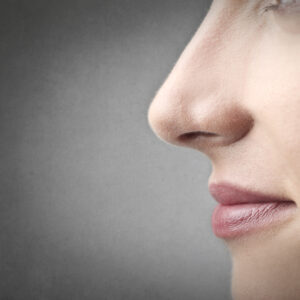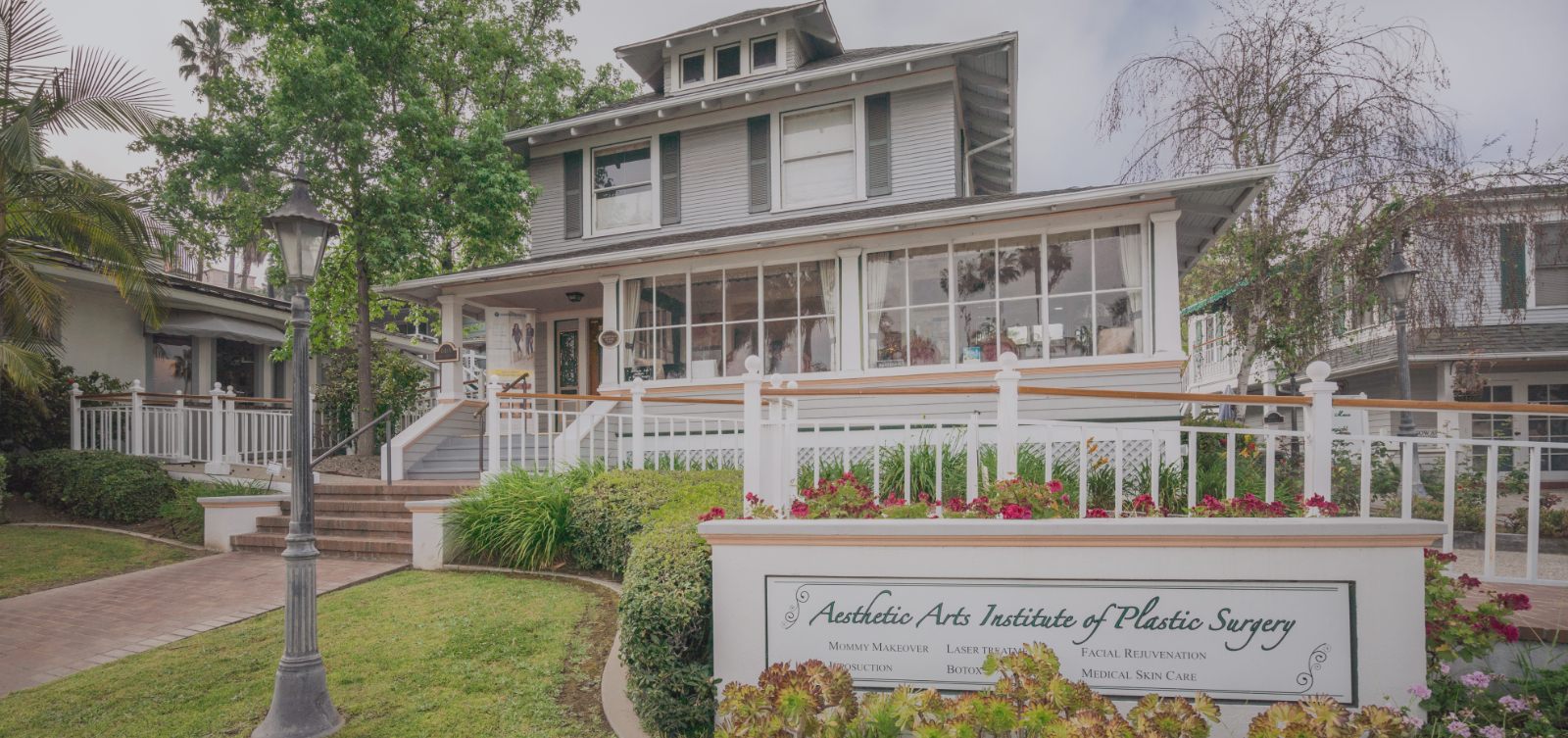 A rhinoplasty procedure can positively impact the size, shape, and projection of your nose. This procedure can help correct concerns with the function or look of your nose.
A rhinoplasty procedure can positively impact the size, shape, and projection of your nose. This procedure can help correct concerns with the function or look of your nose.
You may be wondering when the right age to receive a rhinoplasty is. It can be helpful to understand more about the procedure and what makes someone an ideal candidate for it.
What Is the Purpose of a Rhinoplasty Procedure?
A rhinoplasty, or a “nose job,” focuses on altering the nose. This can be done for aesthetic or medical purposes, or in some cases, both.
For cosmetic purposes, a rhinoplasty often addresses size, shape, projection, or deformities, targeting any of the following:
- A large nasal bridge
- Bumps or humps along the bridge of the nose
- A crooked nasal bridge
- A big or bulbous nasal tip
- A nasal tip that is upturned or downturned
- Nostrils that are too wide or narrow
Rhinoplasties are also often performed for functional reasons, as they can help fix issues within the nose that affect breathing. One of the primary problems a rhinoplasty can tackle is a deviated septum.
The septum is a necessary part of the nose. It is the internal piece of the nose that separates the left and right nasal cavities. When the septum becomes deviated due to injury or some other cause, it can negatively affect your ability to breathe normally. Therefore, a rhinoplasty procedure can correct the deviation, helping you breathe better.
A rhinoplasty can provide symmetry to the face while also improving your health.
Is There a “Right” Age to Get a Rhinoplasty?
In general, there is no right or ideal age for a rhinoplasty. Rhinoplasty surgery can be performed on patients as young as 16 and much older patients as well.
What usually determines whether you can get a rhinoplasty is your medical history, current health, and ultimate goals for surgery.
Rhinoplasty for Younger Patients
Young patients typically seek rhinoplasties because of overall unhappiness with the current look of the nose or medical needs. For example, some patients are born with deformities or suffer trauma to the nose from sports-related injuries, requiring surgery to correct.
For younger patients, what is most important is determining whether the nose has stopped growing.
The nose can continue to grow and change until age 14 to 16. If a young patient undergoes a rhinoplasty before the nose has stopped growing, deformity may result as the nose continues to grow post-surgery.
Young patients should also be mentally ready for cosmetic surgery and recovery. Patients under the age of 18 require consent from a parent.
Will My Nose Change as I Get Older?
Aging causes changes to the body, including the appearance of the nose. Over time, gravity may take a toll, and the cartilage and tissues supporting the nose may weaken, causing a change in the look of your nose.
Fortunately, results from rhinoplasties hold up well over time. If you undergo a rhinoplasty procedure at a young age, aging may eventually change the look of your nose slightly, but this is normal and natural.
Can You Ever Be “Too Old” for a Rhinoplasty Procedure?
There is usually no age limit on getting a rhinoplasty.
It is important to note, however, that as you get older, the skin and structure of the face change, making the rhinoplasty experience a little different. It can also take more time to recover after surgery.
This should not deter you from considering a rhinoplasty procedure, though. Rhinoplasties can typically be done at any age if you are in good overall health and able to undergo surgery.
How Do I Know Whether I Am a Candidate for a Rhinoplasty Procedure?
Aside from age, there are several other essential factors that come into play when considering whether a patient is a candidate for a rhinoplasty.
The best way to determine whether you are a candidate for a rhinoplasty procedure is to schedule a consultation with your surgeon. In general, you may be a candidate for this procedure if you meet the following criteria:
- You are in good health with no serious medical complications
- You do not smoke, and if you do, you are willing to stop well before your procedure
- You struggle with the look and/or functionality of your nose
- You have good and reasonable expectations for your results
The consultation is one of the most critical parts of your journey. During your initial meeting, your doctor will examine your nose and face to provide recommendations and create your surgical plan. Photos will be taken to construct a 3D image which can be manipulated to change the appearance of the nose and adjusted accordingly. Additionally, you will have the opportunity to ask questions and get any information you may need to make an informed decision.
The Rhinoplasty Procedure
After your consultation, you can schedule your rhinoplasty procedure at a time that works best for you and your schedule. It is an outpatient procedure, meaning you can return home on the day of your surgery.
Anesthesia is administered before beginning your procedure, so you remain comfortable and pain-free throughout the surgery.
The type of incision made depends on the kind of rhinoplasty you get. A closed rhinoplasty requires incisions on the interior of the nose, while an open rhinoplasty requires incisions at the base of the nose. The proper incisions give your surgeon the right amount of access to perform the surgery.
At the conclusion of the procedure, possible interior and exterior splints and dressing are applied to promote healing and maintain the new shape of your nose.
Transform Your Nose with a Rhinoplasty
Dr. Susan Kaweski of the Aesthetic Arts Institute of Plastic Surgery has over two decades of experience performing cosmetic surgeries. She can tailor your surgical plan based on your needs and aesthetic goals. View our gallery of before-and-afters to learn more about this and other procedures.
 A rhinoplasty procedure can positively impact the size, shape, and projection of your nose. This procedure can help correct concerns with the function or look of your nose.
A rhinoplasty procedure can positively impact the size, shape, and projection of your nose. This procedure can help correct concerns with the function or look of your nose.


